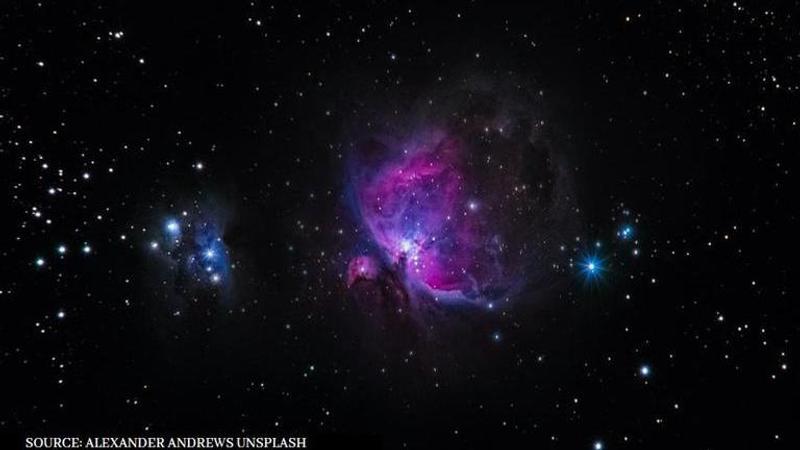Published 13:25 IST, June 8th 2020
Earth-like exoplanet may be the fourth orbiting Sun-like star Kepler-160: Astronomers
An Earth-like exoplanet orbiting the Kepler-160 star, which resembles the Sun, has now been discovered by astronomers, suggests a study. Read more.

Almost three thousand light-years away from the Earth, a sun-like star named Kepler-160 was previously believed to have three planets in its system. Now, astronomers believe that a fourth planet has been discovered and has been named KOI-456.04. As per reports, the newly discovered planet orbiting around Kepler-160 appears similar to Earth, both in size and orbit which has raised hopes for a possibly habitable exoplanet that resembles planet Earth.
Earth-like planet found?
A recent study which suggests that an Earth-like planet has been discovered was published in the Astronomy & Astrophysics journal and was conducted by astrophysicist René Heller of the Max Planck Institute for Solar System Research which is based in Germany. The institute has also released a press release which described the KOI-456.04 as more than just another potentially habitable world. The release suggests furthermore that the daylight received on the planet orbiting Kepler-160 is much like the daylight seen on Planet Earth.
Image courtesy - NASA on Unsplash
Though scientists have discovered the existence of this planet, they are not sure whether or not KOI-456.04 could support life but is currently one of the top candidates. Heller's research suggests that KPO-456.04 is relatively large compared to many other planets that have been categorised as possibly habitable. Earlier, two planets orbiting Kepler-160 were deemed to be inhabitable by humans as they were too hot.
Image courtesy -Guillermo Ferla on Unsplash
The previously discovered Earth-like exoplanets orbit the red dwarf stars which are known to have flare-ups that could negatively impact life and make the planets inhabitable. In comparison to the red Edward stars, Kepler-160 is theoretically more suitable and stable for the evolution of life. The authors of the study published in the Astronomy & Astrophysics journal reanalyzed old data collected by NASA's Kepler mission. New algorithms were reportedly applied to analyze the stellar brightness emitted by Kepler-160.
As of now, researchers suggest that there is an 85% probability for KOI-456.04 to be an actual planet. But on the other hand, it could also be an artifact of Kepler's instruments. An object reportedly needs to pass a threshold of 99% to be certified as an exoplanet. Heller's study suggests that the planetary signal is so faint that it is almost hidden under the noise of the data collected.
Updated 13:25 IST, June 8th 2020





